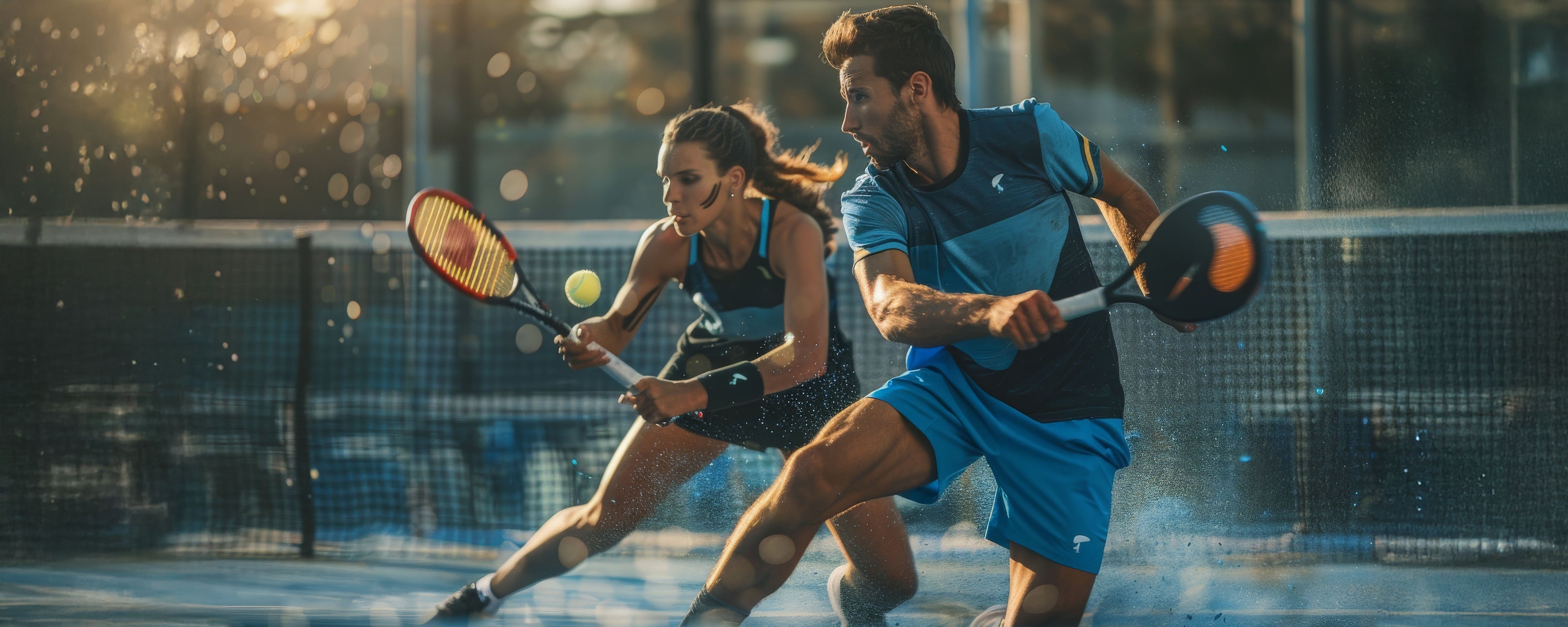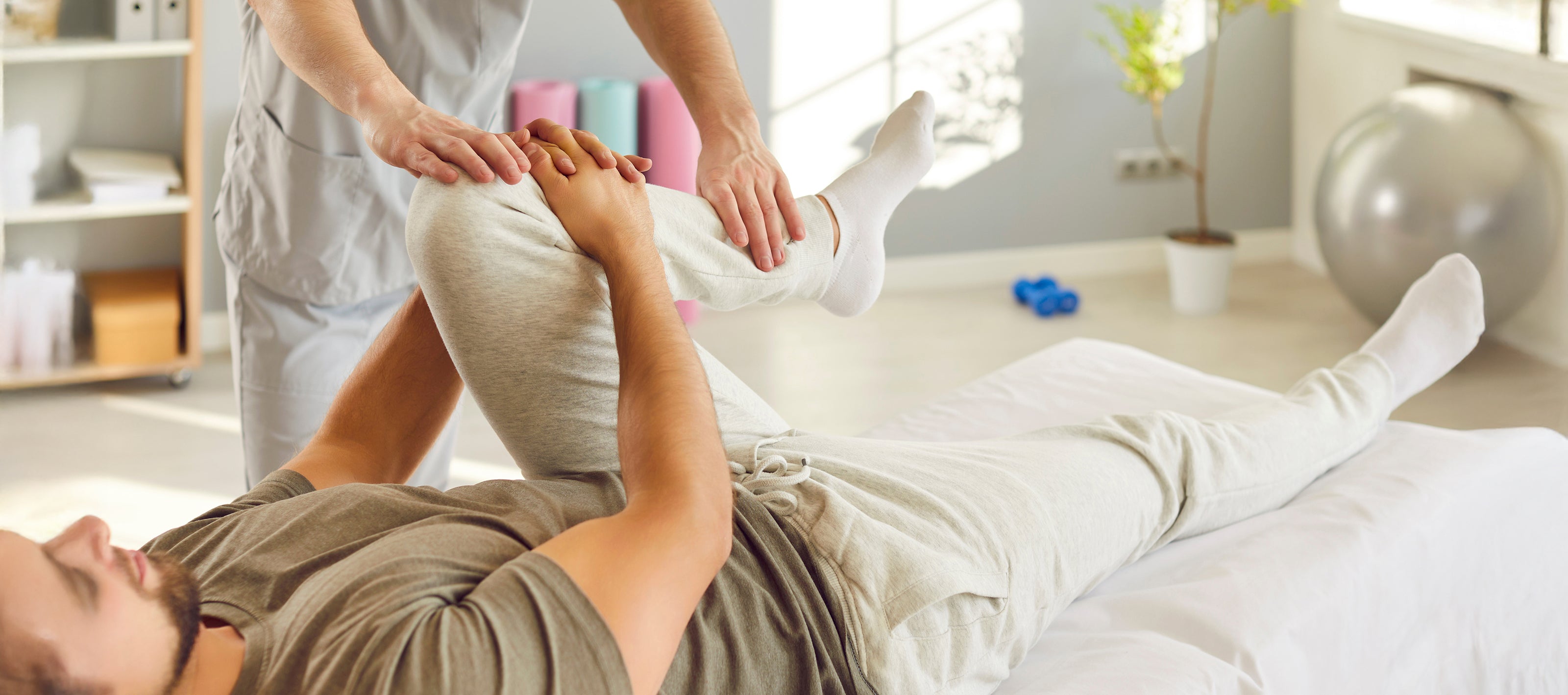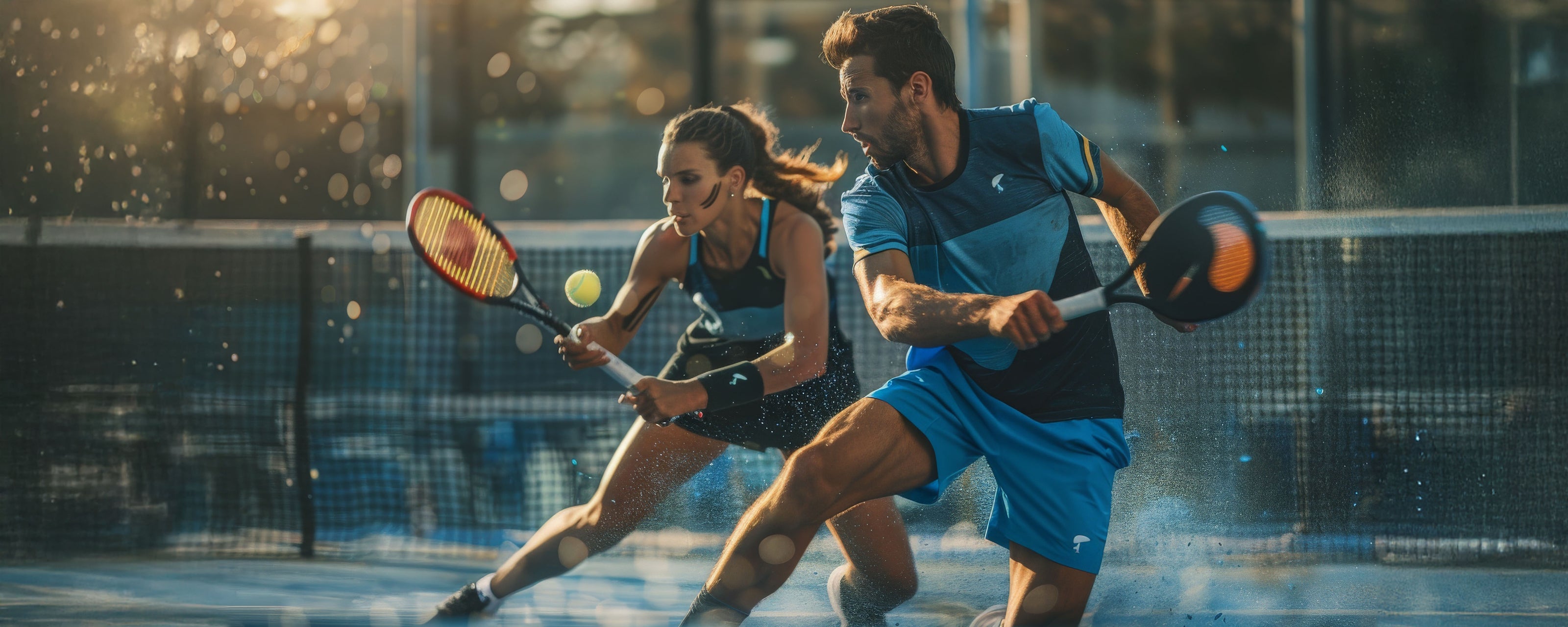
ACL Injuries
A tear or sprain of the anterior cruciate ligament (ACL)

-
Surgical Treatment
For active individuals or those with persistent instability, ACL reconstruction is often recommended. This involves replacing the torn ligament with a graft, usually taken from the patient’s own hamstring or patellar tendon.
ACL reconstruction is performed arthroscopically, using small incisions. Tunnels are drilled into the femur and tibia to position the graft (typically harvested from the patient’s own hamstring, patellar, or quadriceps tendon), which is then secured with screws or fixation devices. The graft gradually integrates with the surrounding tissue, restoring knee stability.
In certain cases - when the tear is where the ACL attaches to the femur and the remaining ACL remains structurally intact - a different option may be suitable: ACL repair. Instead of replacing the ligament with a graft, Mr Sisodia can reattach the torn ACL back to the bone. In such circumstances as the body’s own ligament is preserved and no graft is needed, recovery and return to sport can be quicker compared to a full reconstruction. Early research has shown promising outcomes with this technique in selected patients. However, ACL reconstruction remains most commonly performed surgery, particularly for athletes.
Following surgery, a structured rehabilitation plan is essential to regain strength, mobility, and confidence in the knee. -
Non-Operative Treatment
Not all ACL injuries require surgery. In selected cases—particularly in less active individuals or those without instability—non-operative treatment can be effective.
This typically includes:- A structured physiotherapy programme to strengthen surrounding muscles
- Bracing, if needed, to support the knee during activity
- Activity modification to avoid high-risk movements
This approach focuses on restoring function and stability without surgery, but it may not be suitable for those wishing to return to high-demand sports.
-
Choosing the Right Approach
The decision between non-operative and surgical treatment depends on factors such as age, activity level, the severity of instability, and personal goals. A consultation with a knee specialist like Mr Sisodia will help guide the best course of action.

Recovery from anterior cruciate ligament (ACL) reconstruction is just as important as the surgery itself. A well-structured rehabilitation programme is key to restoring knee strength, stability, and function. The rehab process is typically divided into phases, each with specific goals and exercises.
Phase 1
Early Recovery (0–2 weeks)
In the first two weeks after surgery, the focus is on:
- Reducing swelling and managing pain
- Achieving full knee extension (straightening the knee)
- Gently starting range-of-motion exercises
- Using crutches and a brace as advised
- Patients are encouraged to elevate the leg, use ice regularly, and begin gentle quadriceps activation exercises.
Phase 2
Regaining Motion and Strength (2–6 weeks)
This stage aims to:
- Improve knee range of motion
- Begin weight-bearing as tolerated
- Start muscle strengthening, particularly the quadriceps and hamstrings
- Enhance gait (walking) patterns
- Physiotherapy sessions play a crucial role in guiding safe progression through this phase.
Phase 3
Functional Strengthening (6–12 weeks)
The focus now shifts to:
- Building muscle strength and endurance
- Improving balance and control
- Introducing low-impact cardio (e.g. cycling, swimming)
- Advancing to more challenging functional exercises
At this stage, patients typically regain confidence in daily activities.
Phase 4
Advanced Training (3–6 months)
Rehabilitation becomes more sport- or activity-specific:
- Plyometric and agility drills may be introduced
- Running programmes are typically started
- Continued strengthening and neuromuscular training
This phase prepares the knee for return to higher-level activities, but it's important to progress carefully under guidance.
Phase 5
Return to Sport (6–12 months)
Before returning to sport, patients must:
- Demonstrate full strength and control
- Pass functional tests (e.g. hop tests, agility drills)
- Have no swelling or instability during activity
Clearance for return to sport is made on an individual basis, often after 9–12 months depending on recovery and sport demands. Delaying return to high-risk activities until after 9 months post-surgery has been associated with a reduced risk of re-injury.
This rehabilitation timeline serves as a general guideline. Individual recovery may vary based on factors such as age, activity level, surgical technique, and adherence to the rehabilitation programme. Regular follow-up with your orthopaedic surgeon and physiotherapist is essential to monitor progress and make necessary adjustments.
If you would like to schedule a consultation or learn more about ACL reconstruction and rehabilitation, please contact us or book an appointment.
